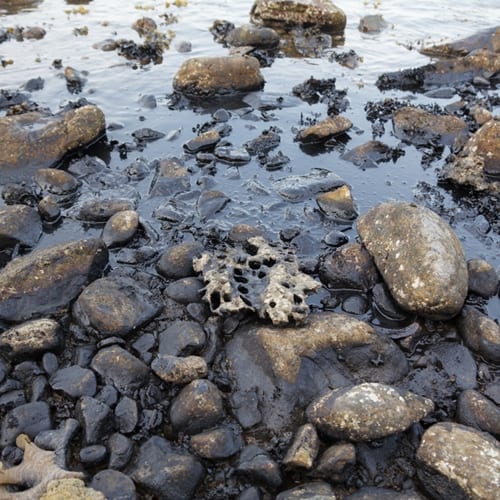The Maritime Executive recently reported on a project that could lead to a greater understanding of how to fix oil spills, if they are put into practice. According to the source, the equivalent of $650,000 has already been invested in the ongoing URready4OS Project, which has been assessing drones for marine use in locating oil spills and projecting important, direct data to remote observers from the water and air.
This most recent round of experiments is taking place in Cartegena, Spain, and will test a group of drones in a simulated spill for monitoring accuracy and response. The source says that 20 international researchers will participate, and that the drones come from other nearby countries, including Portugal.
The Universidad Politecnica de Cartegena will conduct the test, and will hopefully eventually contribute to the readiness and effectiveness with which countries in the European Union can address a deep water spill. Coordinator Javier Gilabert referred to the sensors built into the water drones as a means of obtaining information efficiently.
Other projects that attempt to put ROV's to the test in oil spill response have taken place in recent years. Back in March, this blog reported on the Acoustic Slick Thickness ROV, a device that would look at oil slicks from underneath, rather than detecting information from above. That tool is reportedly intended to give researchers more accurate information during a spill, similar to the goals of the Cartagena research.
The applications of ROVs are expanding as new technologies and operational imperatives appear. As such, ROV operators insurance may be a growing necessity for industries like oil production that may not have used them in slick or spill monitoring before.

